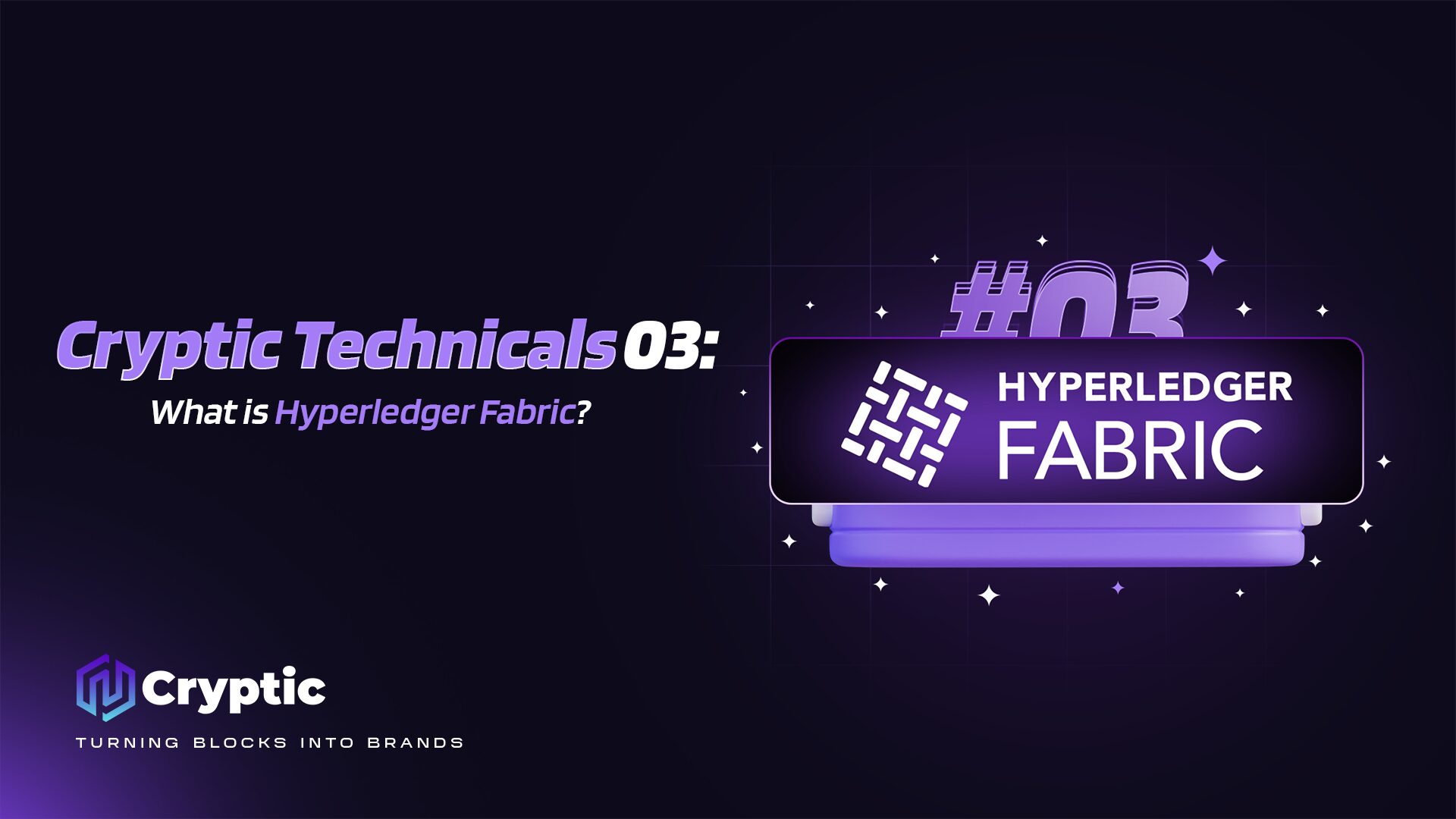What is Hyperledger Fabric?
Hyperledger Fabric, an open-source project hosted by the Linux Foundation, is a modular blockchain framework designed to serve as a foundation for developing enterprise-grade applications and industry strategies.
Key Characteristics:
- Modular Architecture: Allows for customization and flexibility through plug-and-play components.
- Permissioned Network: Focuses on private networks with known participants, enhancing security and control.
- Confidential Transactions: Enables selective data sharing among network members, preserving privacy.
- Scalability and Performance: Optimized for high-throughput transactions, suitable for demanding enterprise use cases.
How Hyperledger Fabric Works:
- Smart Contracts: Business logic is defined and executed within smart contracts written in familiar programming languages.
- Distributed Ledger: Transactions are recorded and verified across a network of nodes, ensuring transparency and immutability.
- Consensus Mechanism: Network participants agree on the validity of transactions through a chosen consensus algorithm.
Benefits of Using Hyperledger Fabric:
- Enhanced Security: Permissioned network and confidential transactions provide a secure environment for sensitive data.
- Increased Efficiency: Automation of business processes through smart contracts streamlines operations.
- Improved Transparency: Immutable record of transactions fosters trust and accountability.
- Greater Agility: Adaptable architecture allows for customization to specific industry needs.
Hyperledger Fabric and the IBM Blockchain Platform:
IBM offers a commercial distribution of Hyperledger Fabric, the IBM Blockchain Platform, which includes:
- Enhanced Support: 24/7 support and service level agreements (SLAs) for production environments.
- Advanced Tools: A comprehensive suite of tools for development, governance, and operations.
Hyperledger Fabric in Action:
Hyperledger Fabric is being adopted by a diverse range of industries, including:
- Finance: Trade finance, supply chain finance, cross-border payments
- Healthcare: Supply chain management, data sharing, patient records
- Supply Chain: Logistics, traceability, provenance tracking
- Manufacturing: Quality control, supply chain optimization, IoT integration
Note: This article provides a general overview of Hyperledger Fabric. For detailed information and implementation guidance, please refer to the official Hyperledger Fabric documentation and the IBM Blockchain Platform website.
Disclaimer: This information is for general knowledge and informational purposes only. It does not constitute financial, investment, or other professional advice.
This revised version aims to:
- Improve readability: Use clear and concise language with appropriate headings.
- Enhance structure: Organize information logically and coherently.
- Address potential plagiarism: Re-phrase sentences and re-structure paragraphs to avoid unintentional plagiarism.
I hope this revised version is helpful!



